How to Raise pH in Pool: Owning a swimming pool can provide endless hours of fun and relaxation, especially during hot summer days. However, maintaining the proper water chemistry is crucial to ensure a clean and safe swimming environment. One important aspect of pool maintenance is maintaining the pH level within the recommended range.
In this Article , we will talk about into the topic of how to Raise pH in pool effectively. We will explore various methods, best practices, and answer common questions to help you achieve optimal pH levels in your pool.
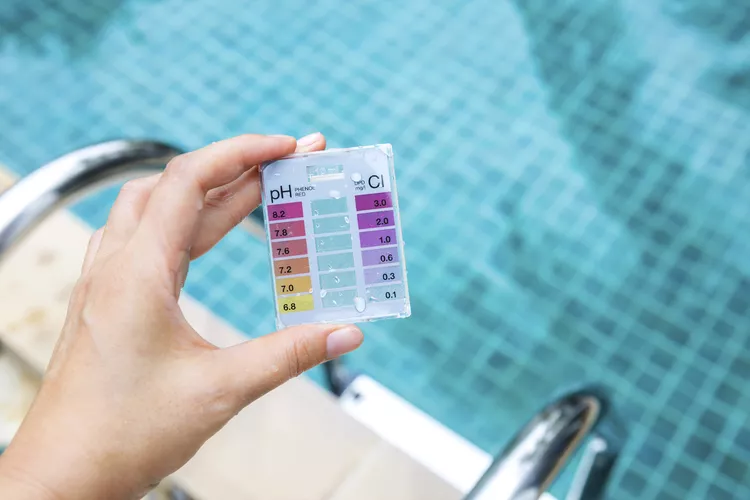
Sirirak / Getty Images
How Does pH Affect Your Pool?
Before we discuss how to raise pH in pool, let’s understand the importance of maintaining the right pH levels. pH is a measure of how acidic or alkaline the water is on a scale of 0 to 14. A pH of 7 is considered neutral, while anything below 7 is acidic, and anything above 7 is alkaline. The ideal pH range for a swimming pool is between 7.2 and 7.6. [Research]
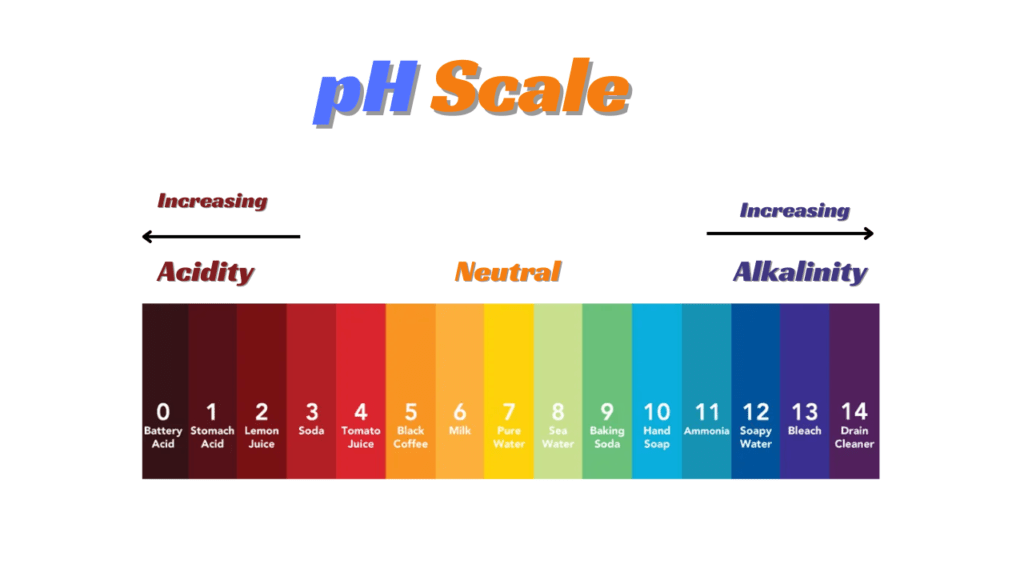
Why PH level Important ?
When the pH level deviates from this range, it can lead to various issues. If the pH is too low, the water becomes acidic, causing skin and eye irritation, corrosion of pool equipment, and reducing the effectiveness of chlorine. On the other hand, if the pH is too high, the water becomes alkaline, leading to cloudiness, scaling, and reduced chlorine effectiveness. It is, therefore, essential to maintain the proper pH balance in your pool.
Read also: Can Pool Heaters Be Repaired?
How to measure PH level?
To measure the pH level of your pool, you can use test strips or a pH testing kit. With test strips, you dip them into the pool water or place a few drops of the testing solution into a water sample.
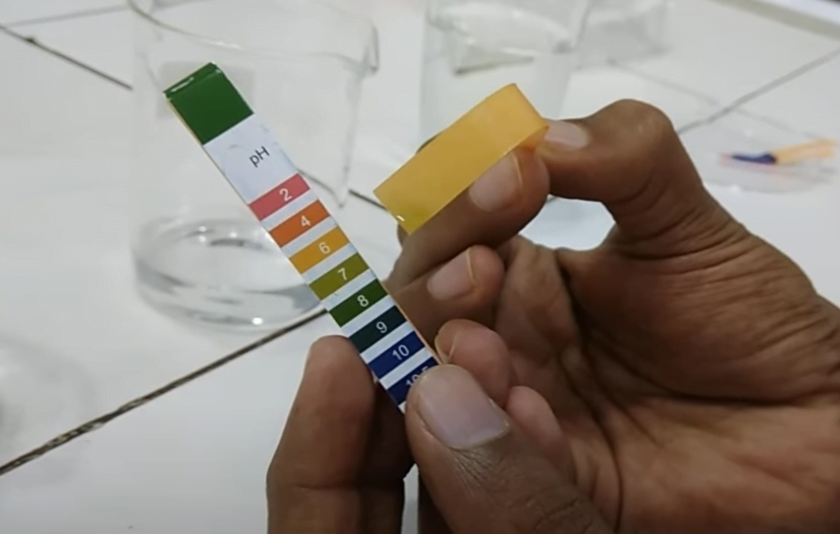
The strip or solution will change color, and by comparing it to a chart provided with the kit, you can determine the pH level.
Is the pH in your pool too low?
Low pH level means your water is acidic, and acidic water can corrode your pool equipment, wear down your liner, erode metal and concrete, and prevent your sanitizer from working properly. Luckily, there are three easy ways to bring up your pH levels, pH Increaser, soda ash, or aerating your water.
What causes low pH?
Everything that enters your pool has the potential to affect your pH, rain, dirt, debris, even swimmers themselves.
Low pH happens naturally after having a lot of people in your pool. Your levels can also drop after a heavy rainstorm, especially if it’s acidic rain.
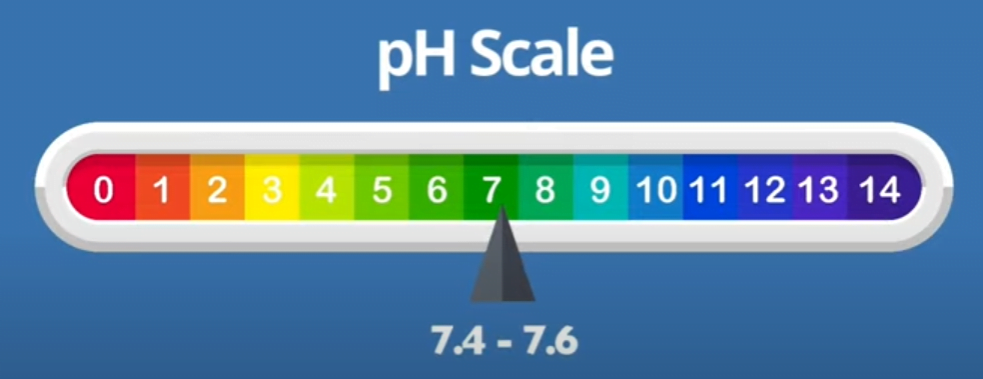
Because pH is so volatile, it’s important to regularly test your pool water. Your pH should be between 7.4 and 7.6. Your pH levels also go hand in hand with total alkalinity.
Total alkalinity is what keeps your pH level stable. Without alkalinity as a buffer, your pH would wildly fluctuate.
So keeping your total alkalinity in range is important to help balance the pH in your water.
How to Raise pH in pool?
Before doing anything first you have to measure your pool pH level, it’s very important because it’s give you a correct figure – about your current PH level of pool.
Also, you will know how much Soda Ash or PH Increaser you have to add to get right PH levels.
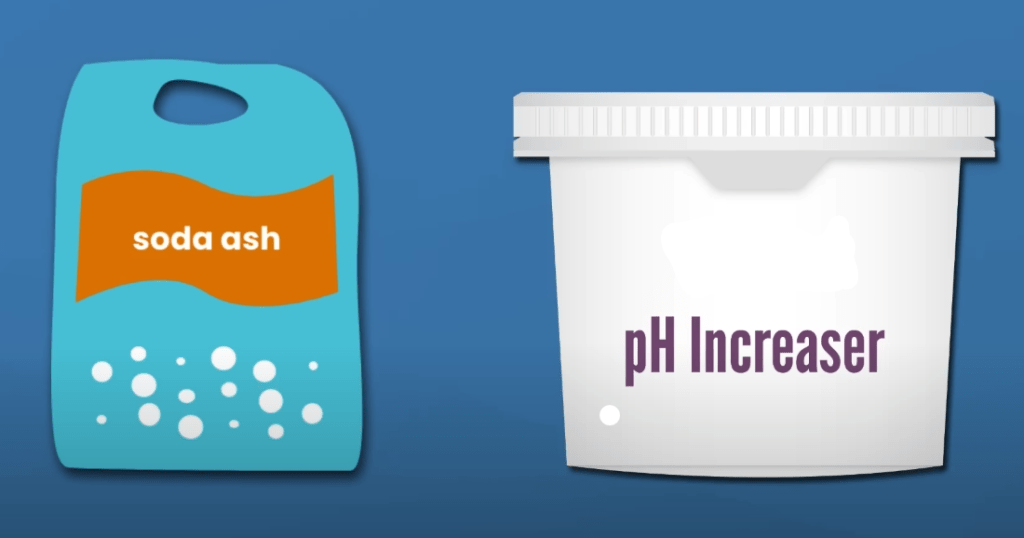
Adding pH Increaser to your water is a quick, easy way to raise your levels, and it’s easy to find at most pool stores. But the cheaper alternative is soda ash.
Soda ash and pH Increaser have the same active ingredient, sodium carbonate, but you can often find soda ash for much cheaper at your local home improvement store.
It’s the same chemical just packaged differently.
So here’s
How to Raise pH in pool with soda ash
Keep in mind that while soda ash raises your pH levels, it also slightly increases your alkalinity. It’s not drastic, but if your alkalinity is already really high, you may want to skip to the next method.
As a general rule, if you have a 10,000 gallon pool, adding six ounces of soda ash will raise your pH by 0.2, and your total alkalinity will go up by around five parts per million.
So if you have a 20,000 gallon pool and you need to raise pH from 7.0 to 7.4, you’ll need to add 24 ounces of soda ash.
Now, when adding soda ash to your water, make sure your pump and filter are running so that the chemical is mixed into the pool water properly, and add a small amount of the chemical right into the water. Be sure to spread it around as much as possible, and don’t add too much all at once. You can always add more later.
And don’t pour it directly in front of your skimmer, otherwise, it’ll get sucked into your filtration system, and it won’t rebalance your water.
Let the chemical dissolve in the pool and circulate for at least 20 minutes, and then retest your water before adding more.
And what about baking soda?
Can you use baking soda to raise pH level in Pool ?
Baking soda, aka sodium bicarbonate, is sold in pool stores as Alkalinity Increaser.
Adding baking soda to your water will definitely raise your pH, but it will also significantly raise your alkalinity more than soda ash.
So if you don’t want to drastically bring up your total alkalinity as well, use soda ash or pH Increaser.
However, there is one method that will raise your pH without impacting your alkalinity levels at all, and that’s aeration.
If you need to raise your pH levels in your pool without raising your total alkalinity, aeration is the only way to do it.
How to Raise pH in Pool Naturally ?
Aeration is the act of adding air to your water with a fountain, water feature, or dedicated pool aerator.
This increases oxygen, off gases carbon dioxide from the water, and removes carbonic acid, and that will raise your pH without raising your total alkalinity.

If you don’t already have water features or you want more control over your aeration, you can get a dedicated pool aerator. These are installed in your pool’s deck or coping and attached to the return line or pool pump. It is possible to overaerate your water. To test the effects of aeration, test your pH, and run your aerator or water features.
Then take a reading one and two days later. If your pH has risen dramatically with all the other levels equal, you might be over aerating your water.
FAQs – How to Raise pH in Pool
How often should I test the pH in my pool?
It is recommended to test the pH level in your pool at least once a week. Regular testing will help you identify any fluctuations and take appropriate measures to maintain the pH balance.
Can I use baking soda to raise pH in pool?
Yes, baking soda can be used as a natural way to raise the pH in your pool. It acts as a pH buffer and helps increase alkalinity, which in turn raises the pH level. However, it is important to use the correct amount based on your pool’s volume and monitor the pH closely after adding baking soda.
Can I use household ammonia to raise pH in pool?
No, household ammonia should not be used to raise the pH in your pool. Ammonia-based products are not suitable for pool water and can lead to imbalances and other chemical issues. Stick to pool-specific pH increasers or natural alternatives like baking soda
Is it safe to swim in a pool with low pH?
Swimming in a pool with low pH can be uncomfortable and potentially harmful. Low pH levels can cause skin and eye irritation. It is important to maintain the pH within the recommended range to ensure a safe and enjoyable swimming experience.
Are there any other methods to raise pH in pool?
Apart from using pH increasers and baking soda, you can raise the pH in your pool by aerating the water. This can be done by running fountains, waterfalls, or other water features that introduce air into the pool. The added air helps increase the pH naturally.
Can I use vinegar to raise pH in pool?
Vinegar is not recommended for raising pH in pool. While vinegar is acidic, it is not designed for pool water and can lead to imbalances and other chemical issues. Stick to pool-specific pH increasers or natural alternatives like baking soda.
Can I use household items to raise pH naturally?
Yes, baking soda and borax, commonly found in households, are effective natural pH boosters.
How often should I test my pool’s pH?
Regular testing is crucial; aim for at least once a week to catch and address imbalances promptly.
Is sunlight always harmful to pH?
Prolonged sunlight exposure can impact pH, but strategic measures like covers or landscaping can mitigate its effects.
Are there risks to using too much baking soda?
Excessive baking soda can lead to overcorrection, affecting pH balance. Add it gradually and retest to avoid issues.
Are natural methods as effective as commercial pH adjusters?
Yes, and they often come with additional benefits, such as being gentler on your pool and the environment.
Conclusion
Maintaining the proper pH level in your pool is crucial for the overall health and enjoyment of your swimming experience. By following the steps outlined in this guide, you can effectively raise the pH in your pool and keep it within the recommended range. Remember to test the water regularly, make adjustments as needed, and prioritize proper pool maintenance. With a balanced pH, you can create a safe and inviting swimming environment for yourself, your family, and your friends.

My name is James A. Bright, and I have worked in the pool and plumbing industries for over 15 years. I started poolprosoutions.com to share my experience with you guys. Here, I provide helpful guides and tips related to pool care, hot tub care, underground water leaks, and pipe leaks.



